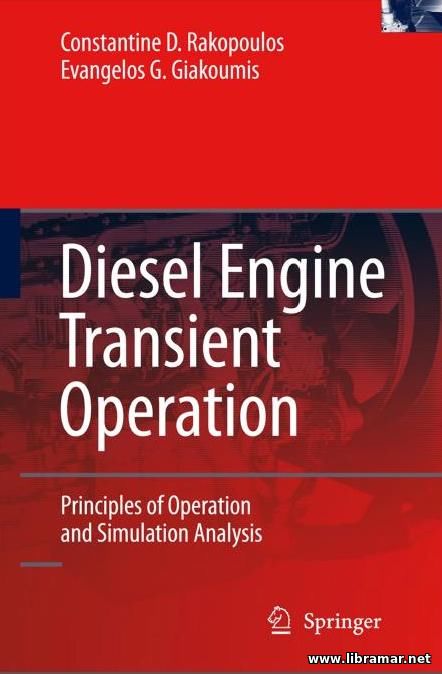 The present publication is actually intended to present the critically important findings in the field of diesel engine operation, together with the special attention of the author being paid to the exhaust emission arrangements and methods to improve the transient response. In addition to what is stated above, the exhaust emission measurement and distribution of the particle size have also been covered within the discussion of the major experimental techniques.
The publication provides all readers with the professional and thorough discussion of all dynamic and thermodynamic phenomena being experienced by diesel engines at the time of the increased load, during acceleration or cold start as well as during the transient cycle. The book starts with the information relating to the critically influential turbocharger lag issue; moreover, the thorough analysis conducted by the author is covering a really wide range of topics, and the list would include transfer of heat, fuel combustion, supply of the air and friction.
Bearing in mind the amount and quality of the technical info and data included by the author in his publication, we could definitely recommend this one to all technical personnel directly involved in the operation of the diesel engines as well as to the students of engineering.
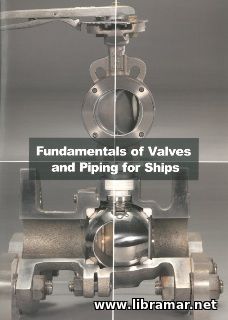 An excellent and very useful publication that will be greatly appreciated not only by the students of marine engineering but also by the practicing marine engineers who will be able to use it as a ready reference resource. The content of the handbook was developed by the specialists of the JMEA, i.e. Japan Marine Engineers' Association. It is absolutely imperative that all seafarers are well aware of the working principles and proper handling of all shipboard valves.
They shall also be duly familiar with the arrangements of the piping on board their vessel. This will eventually contribute in the prevention of oil spills or any other environmental pollution. Note that handling would also imply bunkering and changing fuel oil tanks, ballasting and de-ballasting operations, and so many other day-to-day activities.
The seafarers are therefore expected to pay attention to the valve and pipe arrangements. Every effort was made by the authors of the present book to provide easily understandable explanations and descriptions in order to let crew members familiarize themselves with all basic structures and materials as well as the roles of the equipment and allow them to operate the vessel in a safe and efficient way.
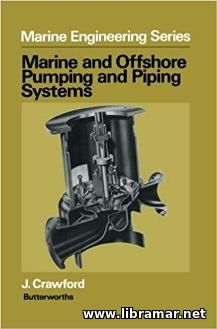 The efficiency of the shipboard piping and piping systems is one of the essential factors impacting both safety of the operations and their correctness. The piping is met in absolutely all hull systems and associated fittings including ballast and bilge systems, fuel oil and lubricating oil systems, IGS, crude oil burning and compressed air systems, and others. The requirements applicable to and regulations governing the piping and pumping arrangements are there to ensure their proper installation and safe operation.
The present book was written to outline the fundamental requirements, with the particular attention paid to the IMCO requirements. Some of the chapters have been devoted to such specific systems as IGS, chemical and LNG carriers, cryogenic pumps and others. The underwater arrangements and systems have also been covered, for example you will find information about the transfer locks and diving chambers, lifeboat chambers and deck compression chambers etc.
The book is a really excellent training tool for the marine engineers and students as well as any person dealing with the design of the above mentioned systems intended for marine and offshore application. It will also serve as indispensable reference source for people willing to get to the better technical knowledge of the equipment and systems.
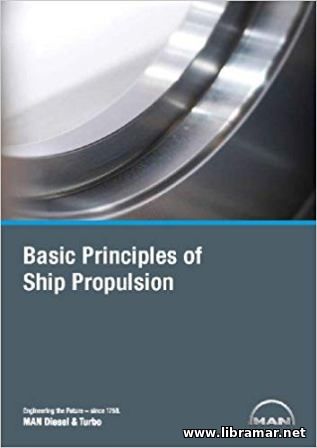 This is an excellent booklet developed by the specialists of the world respected MAN Diesel & Turbo. It will serve as a perfect supplementary training tool for the people dealing with the propulsion arrangements on ships. Nowadays marine diesel engines are considered primary means of ship propulsion. Their power requirement and revolution rate vary according to the form of the ship's hull and design of the shipboard propeller.
That is why in order to get the optimal technical solution one has to possess a good knowledge of the ships and diesel engine parameters influencing the propulsion systems. The authors of the present booklet have made an attempt to provide readers, especially newcomers, with the explanation of the basic terms relating to the dimensions and sizes of the ships, and also give clarification of the various parameters concerning the propeller conditions and resistance of the ship's hull etc.
Note that the content of the volume does not cover propulsion calculations since they are too complex. The material is arranged in three separate chapters and in fact each of them may be treated as a separate paper. These three chapters cover the main definitions and ship hull resistance, propeller propulsion, and engine layout together with the load diagrams.
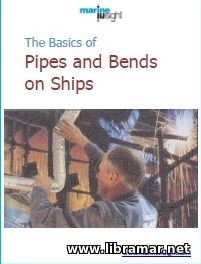 As it is implied by the title, this publication prepared and distributed by the professionals of the world popular and famous Marine Insight community, is mainly dedicated to the piping found on board ships and other floating structures. In fact, it is a brilliant compilation of series of interesting articles on this subject prepared written by one of the contributors of the website.
The marine engineer is responsible for all operations taking place in the engine room of the vessel and of the proper watchkeeping. As a rule, marine engineer shall have a very good technical knowledge of all piping and fittings installed on his ship - this applies to both new construction and repair works. Sometimes it makes difficulty for the people to distinguish between tubes and pipes. It shall be noted that, though the meanings are quite similar, these terms are not synonyms.
The difference is based on the fundamental rules of pipes and tubes nomenclature. In short, this publication will be of great interest to people involved in the new construction of the ships, maintenance and necessary repair of the ship's pipeworks. The book has been divided into five major chapters addressing basics of the pipes, pipe bends and elbows, types of nipple, adapters and tees, and miscellaneous pipe fittings.
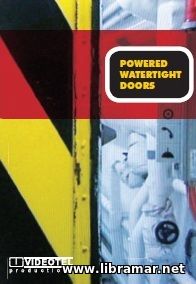 This training booklet is devoted to the powered watertight doors installed on board ships; subject doors are deservedly considered critically important for the safety of the vessel. They are usually very powerful and heavy - should they be used incorrectly, these doors can easily harm and even kill people.
That is why every single person on board the ship must have thorough understanding of the risks that are associated with them; all crew members shall also clearly know how these doors shall be operated to avoid such risks. The powered watertight doors of sliding type are normally fitted in watertight bulkheads subdividing the hull of the passenger, Ro-Ro and other vessels in watertight compartments. They are installed to allow ship crew to move from one such compartment to another and, what is very important, to prevent spreading of the water through the hull in case of flooding.
Should the water ingress in one watertight compartment, the closed door contains it in within that compartment and does not allow to flood further. Long story short, these doors play the critically important role in provision of the watertight integrity of the ship's hull and, consequently, provision of the safety of all people on board. You may use this training video with the booklet.
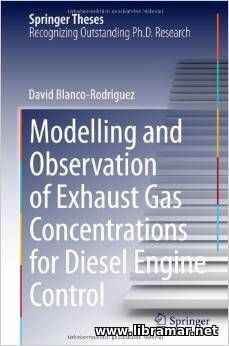 Dr. David Blanco-Rodriguez, who is the recognized industry expert and author of the present volume, has made a successful attempt to introduce a completely new technology to be applied to the gas concentration measurements on board and also modeling of the required concentration in the turbocharged engines.
This informative volume is mainly intended to provide all interested categories of readers with a remarkably comprehensive technical review of the current situation with the lambda and nitrogen oxide estimation and also to describe the very latest technological achievements and recent developments. The topics dealt with in this comprehensive work include, among others, the online characterization of the sensors used and developments of the control oriented models of emissions, plus issues relating to evaluation and application of the various methods on board.
The book offers all readers (including the industry professionals, researchers and students) a good and practical guidance, thanks to the technically oriented approach that has been applied by the author, and inclusion of the many innovative findings as well as observations. All the explanations provided in this volume are presented in quite understandable language and the well-thought layout of the book makes it reader-friendly, that is why it has gained popularity in the industry.
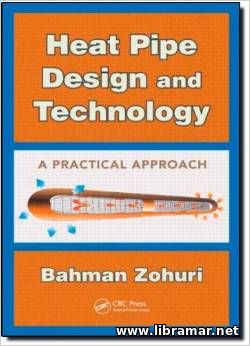 Nowadays, the heat pipes are deservedly considered one of the best technical solutions available for the passive thermal control, note they are also very friendly to the environment. The present publication comprises a work by the industry expert Bahman Zohuri, who did his best to provide readers with the useful practical study of heat pipe engineering including a very valuable discussion on how the application of the heat pipes could be further optimized and made more efficient.
The book provides a general introduction to the design and operational principles and explores the practical applications of heat pipes. The volume offers the readers a good tech review of mass and heat transfer theory related to the performance and covers the common technical issues that might theoretically affect the successful operation of the heat pipes. Subject matters would generally include balancing of the loads, compatibility of the construction materials, applicable power limitations, thermal resistance issues, rage of the operating temperature, and operating orientation.
The author has also compared the results of the calculations with the experimental data obtained from numerous sources. He has also provided the explanation to the readers of where and how exactly they could access the computer codes and relevant PC programs to the design and prediction of the performance.
« 1 2 ... 10 11 12 13 14 ... 19 20 » |







